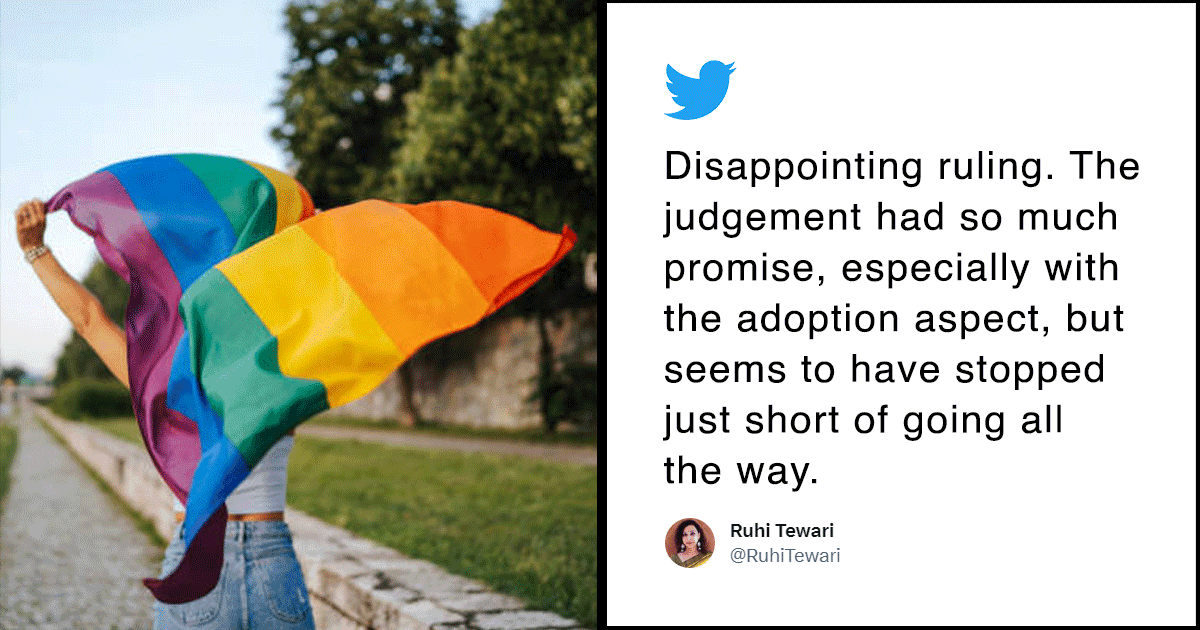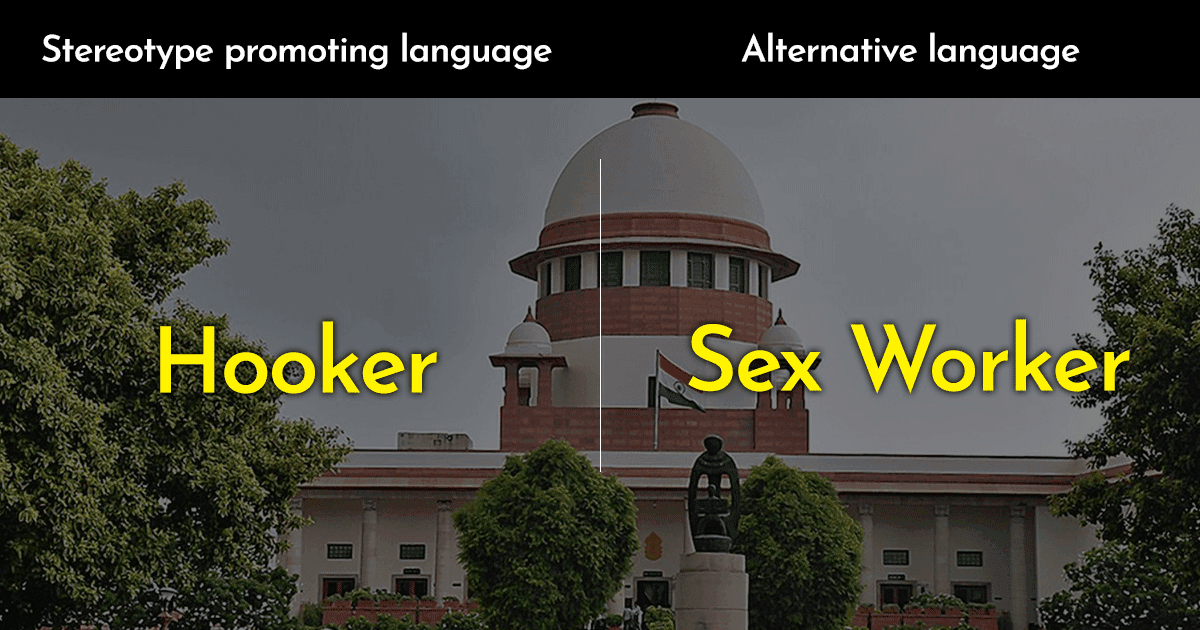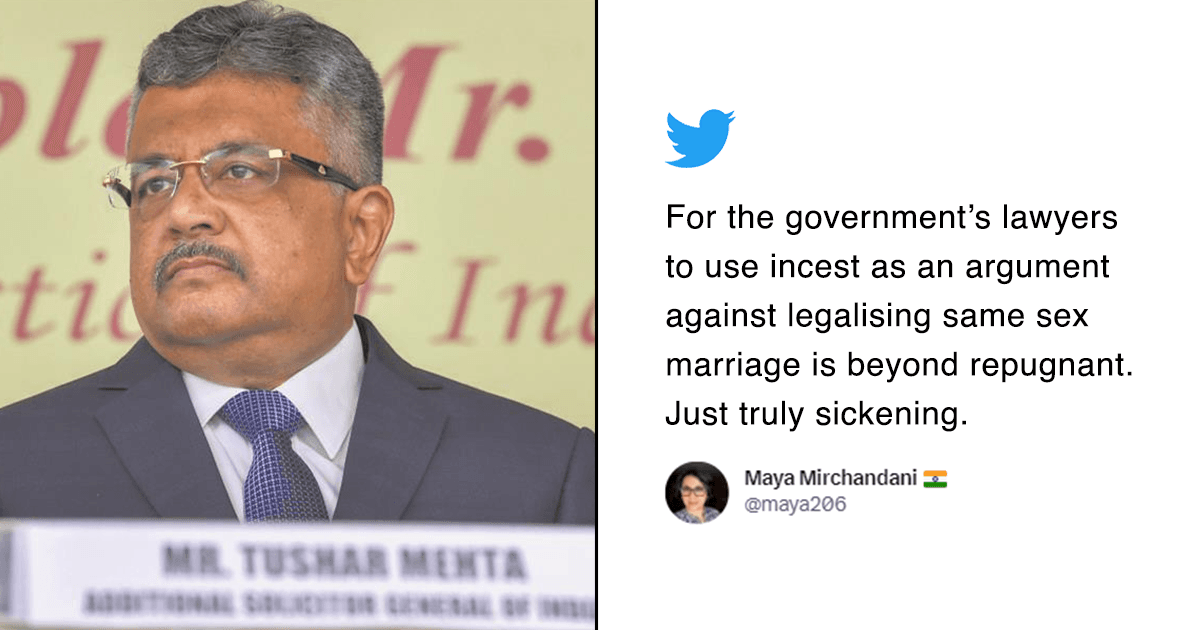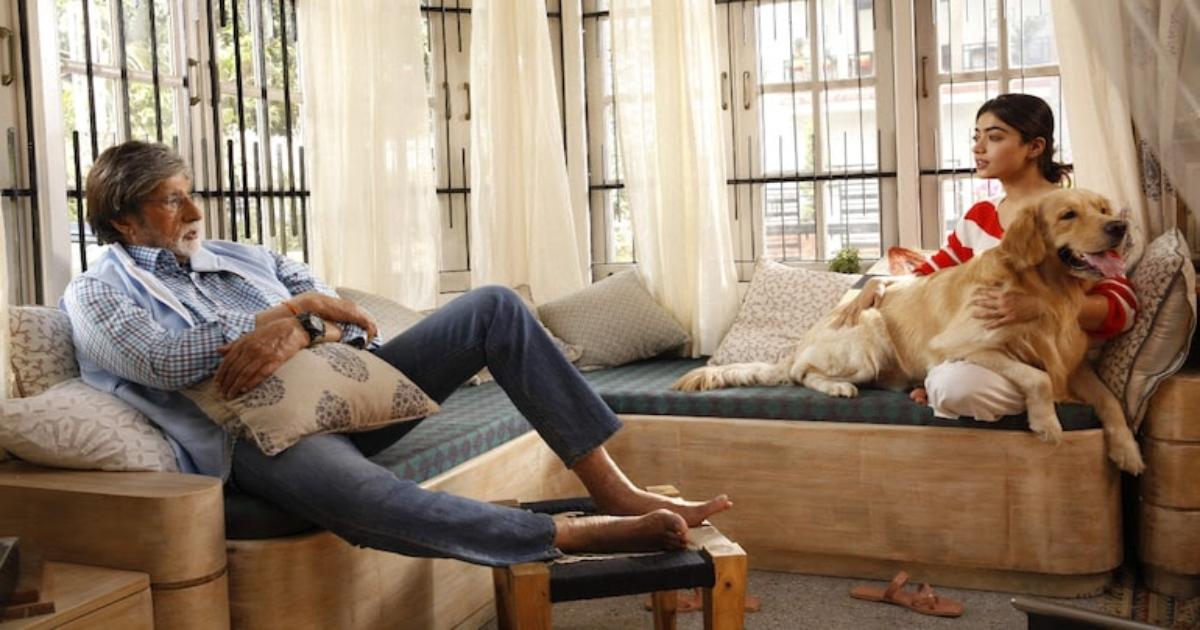The film Chandigarh Kare Aashiqui is out and is being talked about, most certainly, for its unconventional premise. However, for the uninitiated, the Abhishek Kapoor directorial is a rom-com featuring a cis-het, gym rat Manu, who falls for a trans-woman Maanvi.
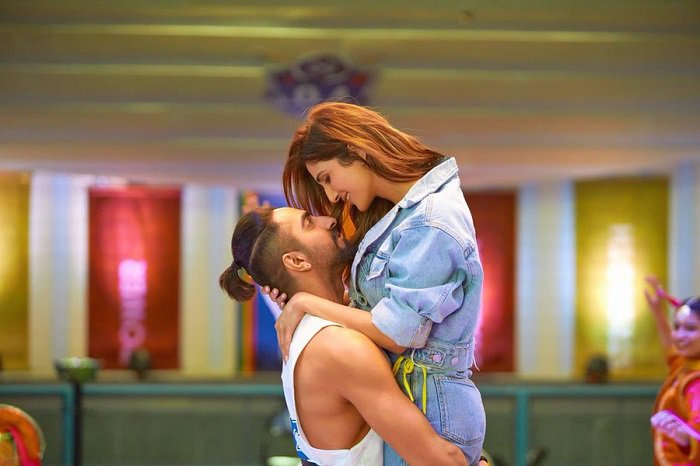
This is the focal point of the film. As simple as it may sound on paper, we know a reality of that sort is hard to stomach. And that goes for even the most educated bunch, let alone the alpha male Manu, who has no awareness, as depicted in the film. He represents the section of the society which has to unlearn a great deal of fallacy around gender, taught to us as facts.
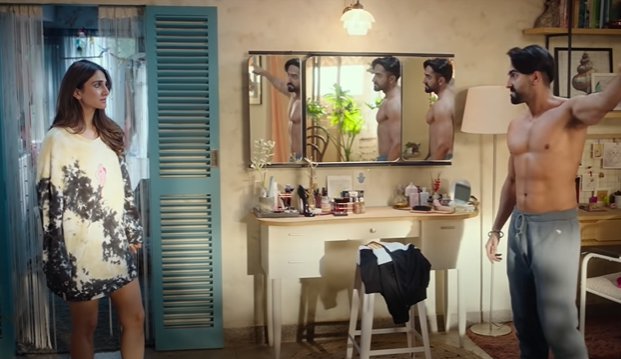
However, the audience is divided over the film and its representation of the transgender community. Where some of us are counting the things they got right, others are speaking of the shortcomings.
#ChandigarhKareAashiqui is a great start to a necessary conversation needed in films! While it is a sanitised version of what the LGBTQI community endures, it makes me believe it will allow creators to dare to push the envelope wrt representation
— ANMOL JAMWAL (@jammypants4) December 10, 2021
Nagarkirtan is miles ahead tho!
Congratulations to the makers of #chandigarhkareaashiqui for choosing a cis woman @Vaaniofficial to play a trans character 👏
— Gaayatree Sneha Sharma (@GaayatreeSneha) December 10, 2021
Y’all so awoke 🙂
The latter is as crucial as the praises showered on the film. Although, we are raving about the leap of faith the makers took with the subject, we can’t turn blind eye to the fact that it’s a sanitised version of a trans-inclusive story.
Having said that, one has to acknowledge that Bollywood has come a long way when it comes to LGBTQ+ films. Considering the (painful) history of Hindi cinema which involved particularly tone-deaf narratives, problematic representation of trans community, queer-baiting, homophobic slurs and queer characters used as comedic relief, Chandigarh Kare Aashiqui is a step forward.
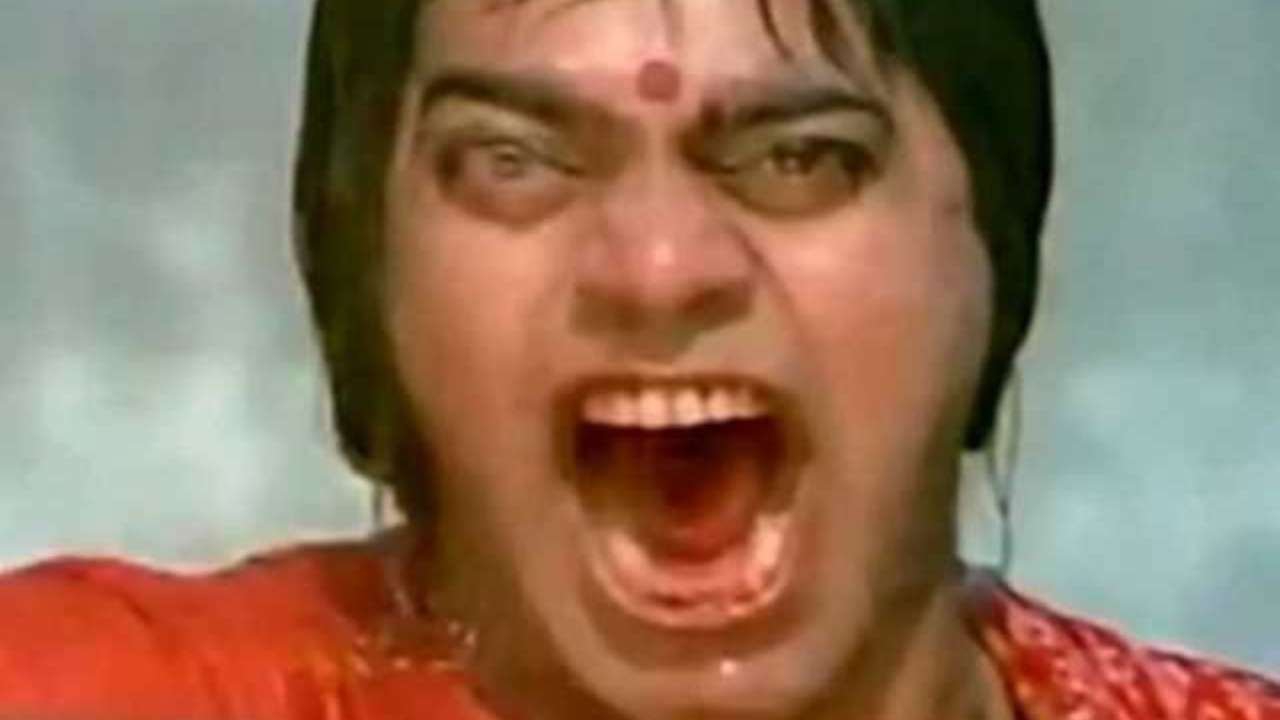
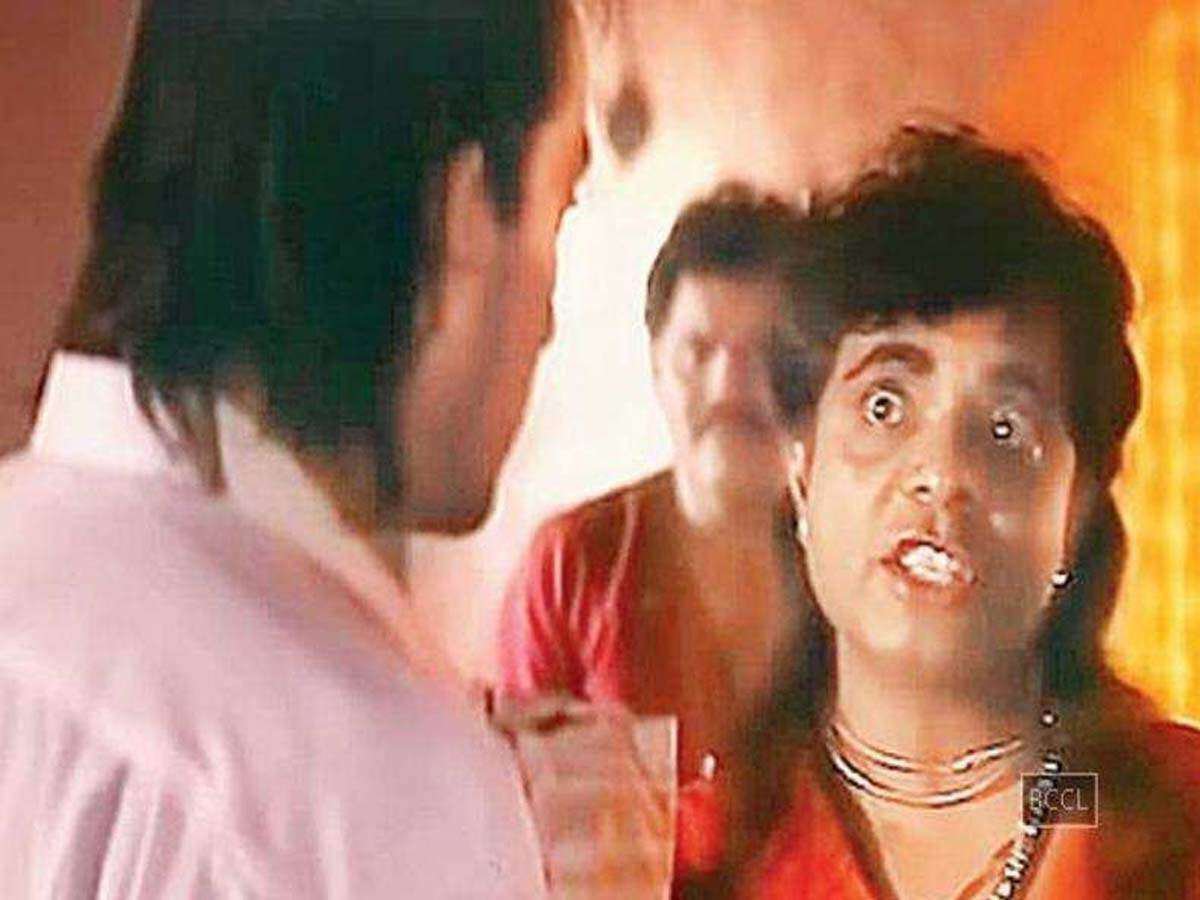
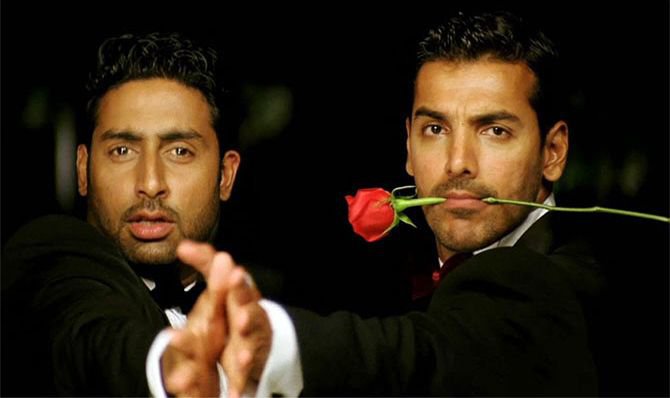
Besides serving as a platform to the story, I’m particularly glad that Maanvi is depicted as a fierce trans-woman, who doesn’t shy away from her reality or demands sympathy. Although less focus on physical transformation and more on her emotional turmoil would have added some bonus points.
Films such as Aligarh, Kapoor and Sons, and Ek Ladki Ko Dekha Toh Aisa Laga, are definitely conversation starters. Also, an empathetic view upon the community which our cinema lacked in the past. There is no denying that the bare minimum that we are doing as makers as well as the audience isn’t enough. But witnessing Vaani Kapoor feature as a trans-woman (not trans-girl as mentioned in the film), isn’t something we could imagine a few years back.
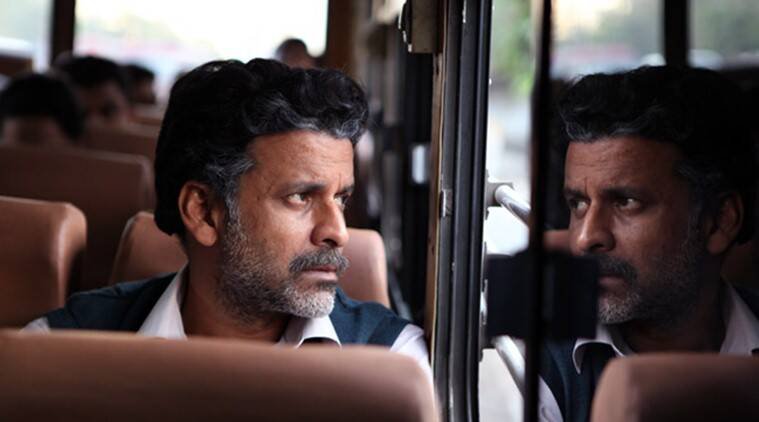
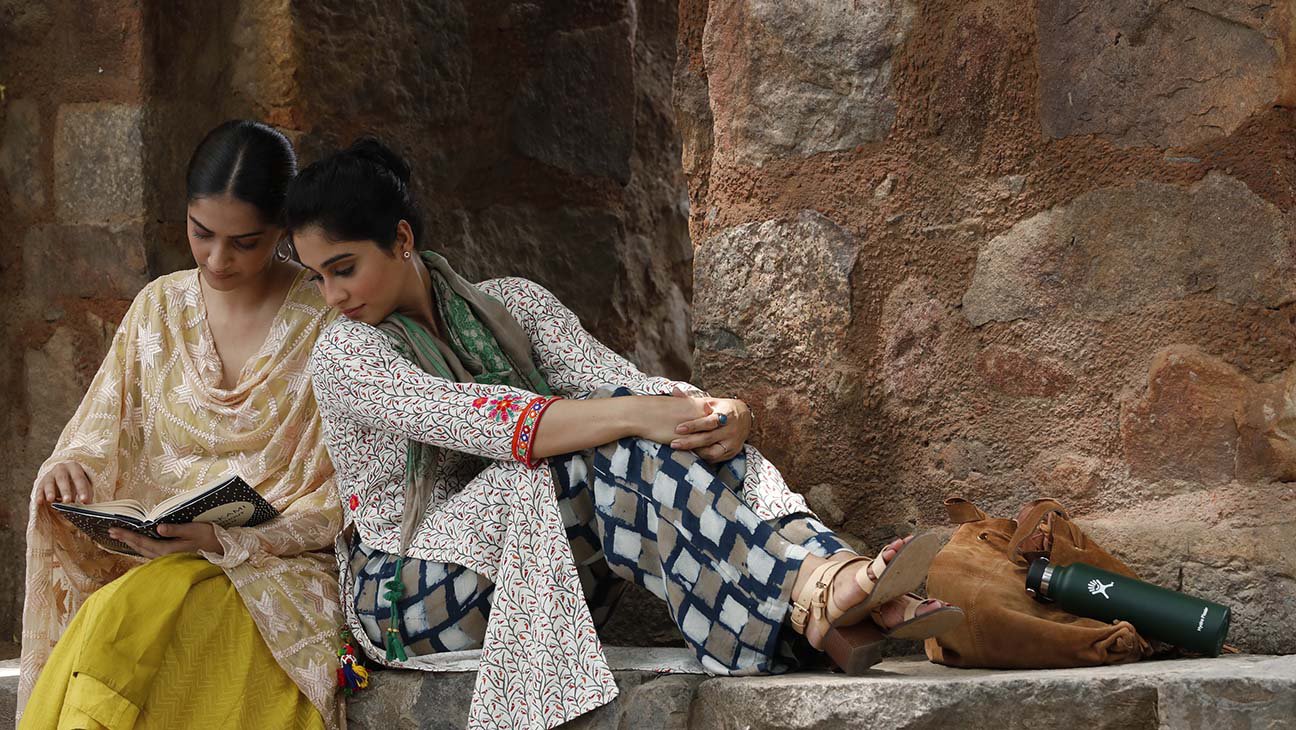
The aspect of Sonam Kapoor or Vaani Kapoor taking up roles which could have been played by actors from the community has been criticised. But there are a heap of films, not mainstream, which fall under the genre and have gone unnoticed by the audience because it didn’t feature a well-known face.
Bollywood, as noticed, is taking baby steps towards bringing stories of the marginalised community to the big screen. Even though we would be more than willing to watch a trans-woman/man feature in mainstream films, for the time being, let’s focus on the level of acceptance we as a society have reached.
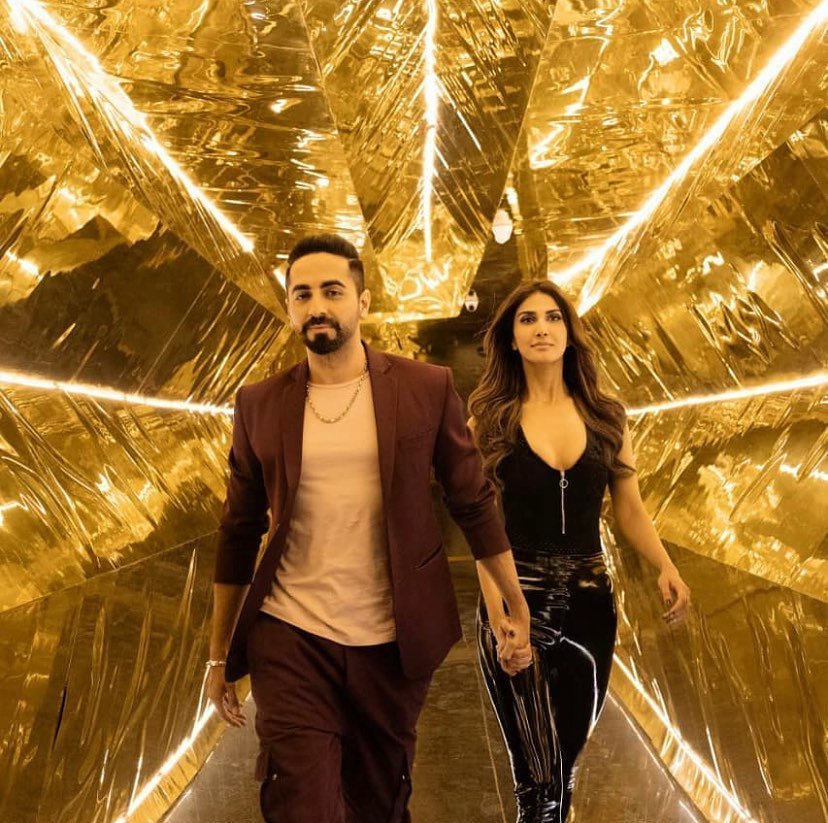
Someone who has watched the film in a theatre couldn’t have missed the sniggering, giggles or maybe cheering on trans-phobic slurs passed in the film. Yes, the makers have incorporated slurs that are triggering and disturbing to watch. But can we disagree that we hear insults which are much more harsh in real-life? This particular detail aims at holding up a mirror making the audience reflect upon their words and actions.
All we can hope is that inclusion of LGBTQ+ genre in mainstream pushes the envelope to a point where more filmmakers dare to take up the subject. And we get to witness stories backed by creators from the community, in the mainstream soon.




